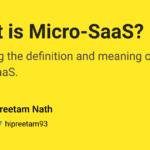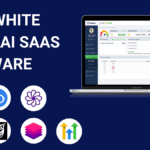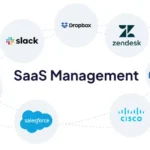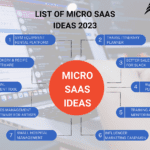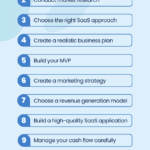**SaaS vs ERP:** SaaS (Software as a Service) is a cloud-based delivery model. ERP (Enterprise Resource Planning) is a comprehensive business management software.
SaaS provides software applications over the internet. It eliminates the need for local installation and maintenance. Users can access the software via web browsers, making it convenient and cost-effective. ERP systems, on the other hand, integrate various business processes into a single system.
They manage core business functions like finance, HR, and supply chain. While SaaS offers flexibility and ease of use, ERP systems provide extensive functionality and control. Choosing between SaaS and ERP depends on a company's specific needs, size, and budget. Both play crucial roles in modern business operations.
Saas Vs Erp: Core Differences
SaaS stands for Software as a Service. It is a cloud-based service. Users access it via the internet. SaaS does not need local installation. It offers subscription-based pricing. SaaS updates automatically. It is easy to scale and use.
ERP stands for Enterprise Resource Planning. It integrates business processes. ERP manages resources effectively. It is often on-premise software. ERP solutions can be customized. These systems require significant investment. They are complex and robust.
| Feature | SaaS | ERP |
|---|---|---|
| Deployment | Cloud-based | On-premise |
| Cost | Subscription | One-time |
| Updates | Automatic | Manual |
| Scalability | Easy | Complex |
| Customization | Limited | Extensive |
Evaluating Business Needs
Small businesses often choose SaaS. It is simple and cost-effective. Large businesses prefer ERP. It offers more features and customizations. SaaS works well for startups. ERP fits better for established companies.
SaaS is great for general tasks. It includes email and project management. ERP suits industries like manufacturing. It handles complex processes and compliance needs. SaaS tools are easy to use. ERP systems require training and support.
SaaS scales easily with your business. It offers flexible plans. ERP systems are robust for long-term growth. They support large data volumes. SaaS can be upgraded as needed. ERP requires significant investment upfront.
Cost Implications
SaaS solutions often have a lower initial investment. You pay a subscription fee. ERP systems usually require a higher upfront cost. This includes software, hardware, and setup fees. SaaS can be more budget-friendly at the start.
SaaS has ongoing subscription fees. These fees cover updates and support. ERP systems may need more internal IT support. This can add to the ongoing costs. SaaS costs are more predictable. ERP costs can vary based on needs.
SaaS can offer quicker returns. You start using it right away. ERP systems may take longer to show ROI. They need more setup time. SaaS can be more flexible. ERP can be more tailored to your needs.
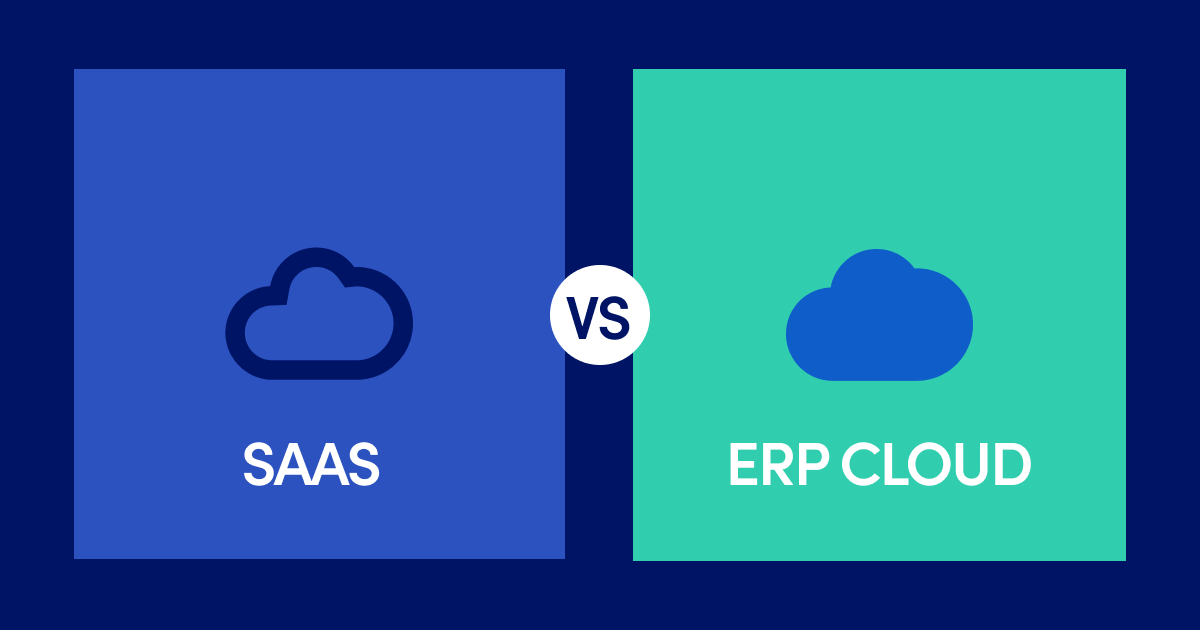
Credit: xplusglobal.com
Implementation And Integration
SaaS solutions deploy faster than ERP systems. SaaS often takes a few weeks. ERP can take several months. Quick deployment is a key advantage of SaaS.
SaaS is usually compatible with many existing systems. It works well with cloud-based services. ERP may need custom integration to work with current setups. This can increase costs and time.
SaaS offers limited customization. Changes are often restricted by the provider. ERP allows for high customization. Businesses can tailor it to their specific needs. Customization can make ERP more complex.
Scalability And Flexibility
SaaS solutions offer businesses high scalability and flexibility, adjusting seamlessly to changing needs. ERP systems, while robust, often require significant customization to match evolving demands.
Adapting To Business Growth
SaaS solutions are often more scalable than ERP systems. Small businesses can start small with SaaS and expand as they grow. ERP systems may require significant investments upfront. SaaS allows businesses to add users and features easily. ERP systems might need more planning and resources.
Modifying Functionality
Businesses can customize SaaS platforms with ease. SaaS providers offer regular updates and new features. ERP systems might need custom coding for changes. SaaS users can quickly adapt to market changes. ERP systems can be slower to update and modify.
Expansion Limitations
SaaS platforms might face limitations with very large enterprises. ERP systems can handle more complex needs. SaaS solutions are best for small to mid-sized companies. Very large businesses might outgrow SaaS capabilities. ERP systems offer more comprehensive solutions for big enterprises.
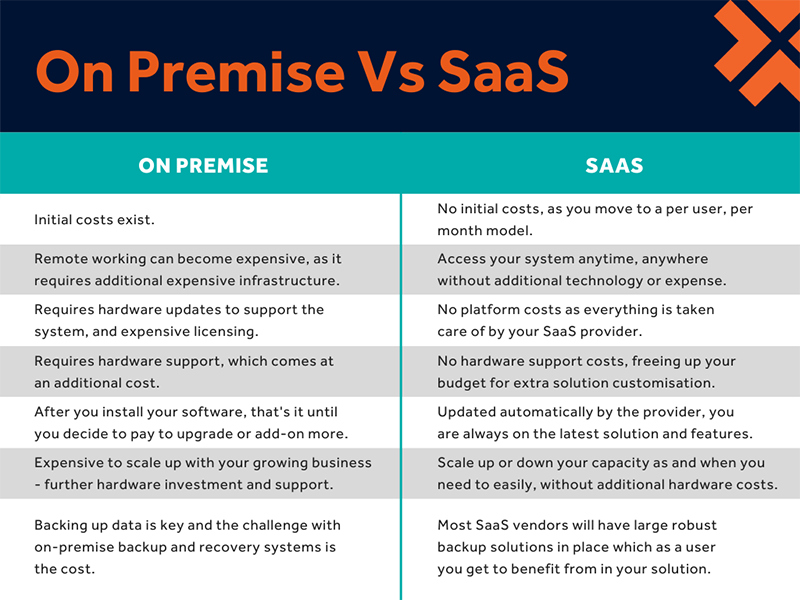
Credit: www.xperience-group.com
Accessibility And Mobility
SaaS allows users to access software from anywhere. Only an internet connection is needed. This makes it perfect for remote work. ERP systems might need special setups for remote access. They can be less flexible compared to SaaS.
SaaS works on many devices like laptops, tablets, and phones. It is designed for cross-platform use. ERP systems may not always be as versatile. Sometimes, they work best on specific devices.
SaaS needs a stable internet connection to function. Without it, accessing the software is impossible. ERP systems might be installed on local servers. This can reduce dependency on internet connectivity.
Security And Compliance
SaaS platforms often use encryption to keep data safe. ERP systems may have firewalls and intrusion detection. Both aim to prevent unauthorized access. Regular updates and patches are critical for security. User authentication is also essential. Data is often stored in secure data centers.
Both SaaS and ERP solutions must comply with regulations. These include GDPR and HIPAA. Compliance ensures data is handled responsibly. Audits and certifications help verify this. Documentation and logs are crucial. Companies face penalties for non-compliance.
Risk management involves identifying potential threats. Mitigation strategies are put in place. Regular backups and disaster recovery plans are key. Both systems should have incident response plans. Training for staff is important. Monitoring tools help detect issues early.
User Experience And Support
SaaS platforms usually have a simple interface. They are easy to use. ERP systems can be complex. They may need special training. SaaS is often more user-friendly. ERP can be harder to navigate.
SaaS often provides online tutorials. These help users learn quickly. ERP systems may offer detailed training programs. These can take more time. SaaS training is often self-paced. ERP may need in-person sessions.
SaaS companies often have 24/7 support. This helps solve issues quickly. ERP systems might offer dedicated account managers. This can provide personalized support. SaaS customer service is often chat-based. ERP may use phone or email support.
Case Studies: Successes And Pitfalls
Exploring SaaS and ERP reveals both triumphs and challenges. SaaS offers flexibility and scalability, while ERP ensures robust, integrated management. Each approach presents unique benefits and potential drawbacks, making informed decisions crucial.
Industry Leaders' Choices
Industry leaders often choose SaaS for its scalability and cost-effectiveness. ERP solutions are preferred for their robust features and customization. Both have their success stories and failures. SaaS allows businesses to quickly adapt to market changes. ERP systems provide comprehensive control over operations. Large enterprises often opt for ERP due to its integration capabilities. Startups and small businesses lean towards SaaS for ease of use.
Small Business Experiences
Small businesses often find SaaS solutions more manageable. They require less initial investment and technical expertise. ERP systems can be overwhelming for small teams. SaaS platforms offer ready-to-use features. ERP systems need extensive customization. Small businesses appreciate SaaS flexibility. They can scale up or down based on needs. Some small businesses face challenges with data security in SaaS. ERP provides better data control but at a higher cost.
Lessons Learned
Choosing between SaaS and ERP depends on business size and needs. Both have their advantages and limitations. Small businesses benefit from SaaS's affordability and flexibility. Large enterprises gain from ERP's comprehensive capabilities. It's essential to evaluate your specific requirements. Consider long-term goals and available resources. Successful implementation requires proper planning and training. Learn from others' experiences to avoid common pitfalls.
Making The Right Choice
Choosing between SaaS and ERP needs careful vendor assessment. Check the vendor's reputation and track record. Ensure they provide reliable support and updates. Compare their pricing models and see if they fit your budget. Look at the vendor's security measures to protect your data.
Always ask for trial periods or demos. Use this time to see if the software meets your needs. Test the user interface and features. Check how the software handles your daily tasks. Get feedback from the team using the demo.
Involve all stakeholders in the decision-making process. Gather input from employees, managers, and IT staff. Discuss the pros and cons of each option. Ensure everyone understands the benefits and limitations. This way, the final choice will satisfy all parties involved.
Future Trends In Business Software
Business software is changing fast. Artificial Intelligence (AI) is being used more. Machine Learning (ML) helps in automating tasks. Blockchain ensures secure transactions. Internet of Things (IoT) connects devices seamlessly. Virtual Reality (VR) is used for training. Augmented Reality (AR) enhances the user experience. Cloud computing makes data accessible from anywhere. Businesses must adapt to these changes.
Predictive analytics is powerful in SaaS and ERP. It helps in forecasting trends. It also aids in decision-making. Businesses can predict customer behavior. They can also anticipate market changes. This leads to better planning. Predictive analytics uses historical data. It helps in making informed decisions. Companies benefit greatly from it.
Experts predict many changes in business software. AI and ML will become more common. Blockchain will be used more for security. IoT will connect even more devices. VR and AR will improve training and user experience. The cloud will store even more data. Businesses must stay updated. They need to adapt to these trends.
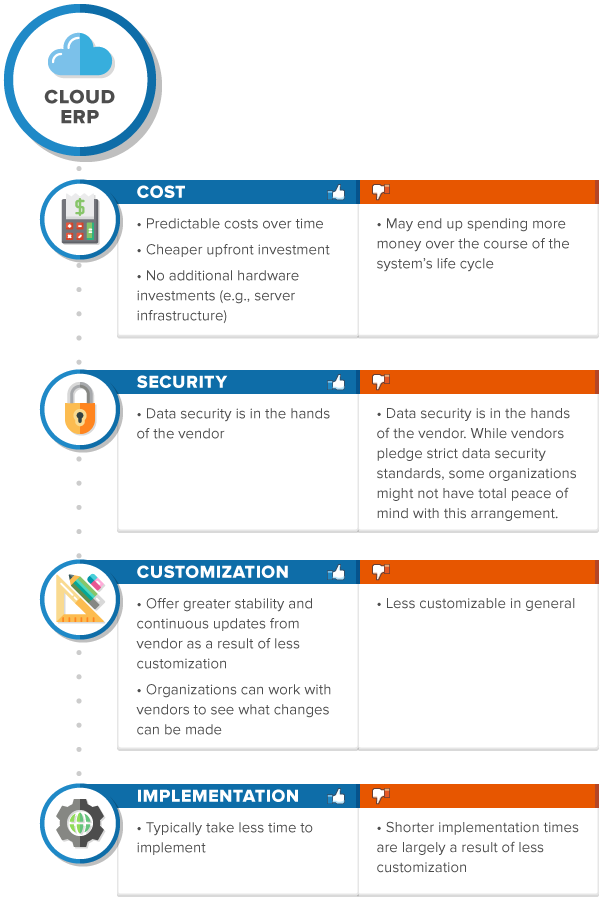
Credit: www.processmaker.com
Frequently Asked Questions
What Is The Difference Between Saas And Erp?
SaaS (Software as a Service) delivers applications over the internet. ERP (Enterprise Resource Planning) integrates business processes into a single system.
What Does Erp Stand For In Saas?
ERP stands for Enterprise Resource Planning in SaaS. It integrates various business processes through a centralized software solution.
What Does Saas Stand For?
SaaS stands for Software as a Service. It delivers software applications over the internet. Users access these applications through web browsers. SaaS eliminates the need for physical installation and maintenance. It offers scalability, automatic updates, and cost-efficiency. Popular examples include Google Workspace, Salesforce, and Microsoft 365.
What Is The Difference Between Erp And Cloud Erp?
ERP is on-premise software installed on local servers. Cloud ERP is hosted online, accessible via the internet.
Conclusion
Choosing between SaaS and ERP depends on your business needs and goals. SaaS offers flexibility and lower costs. ERP provides comprehensive solutions and control. Evaluate your requirements carefully. Both options have unique benefits. Make an informed decision for your business success.

